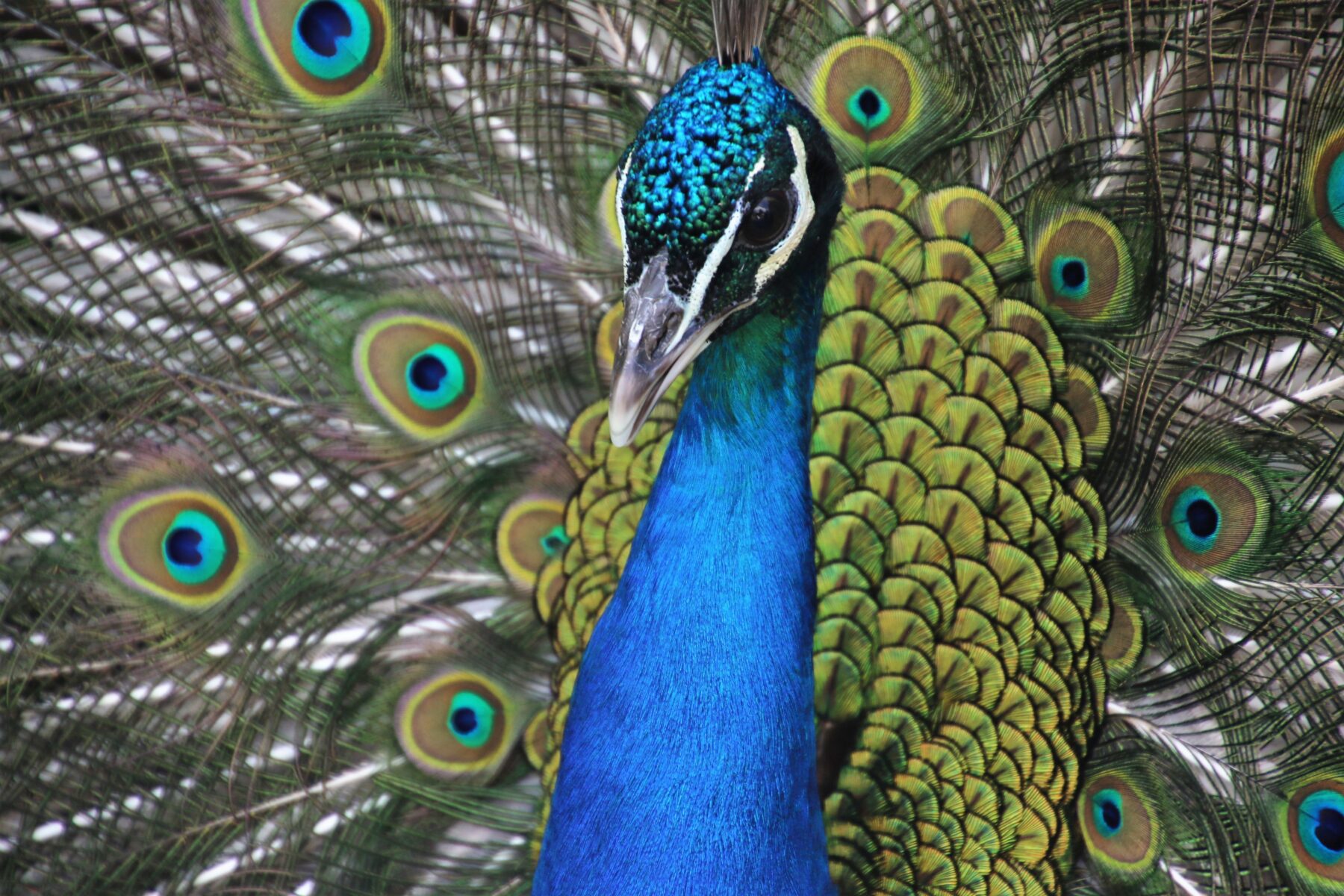Many butterfly species have spots on their wings that look like eyes staring right at you. This “eyespot” phenomenon isn’t exclusive to butterflies. It appears in species of birds, fish, and many types of prey and predator animals.
But why have some creatures evolved separately to have this feature? It could be due to an optical illusion known as the “Mona Lisa effect.”
Many people who have seen the famous Mona Lisa painting recount that the portrait’s eyes seem to follow them around the room. While her eyes are painted to “look” to the right-hand side of the audience, this type of effect does play out in nature in many instances.
These markings have been proven to play the specific role of warding off predators when animals are in vulnerable situations, according to a study published in 2022.
“Eyespots with concentric circles seem to stare at potential predators from many directions, just like portraits that seem to maintain eye contact no matter where you are in the room,” said co-author of the study, researcher Hannah Rowland. “This probably also explains why, in nature, eyespots have evolved independently in different animals to successfully deter enemies.”
Researchers deduce that eyespots intimidate predators or deflect their attention to non-vital body parts. Conservation biologist Neil Jordan decided to test that theory in 2020 by conducting an odd experiment. To protect a herd of cattle in Botswana that were frequently attacked by lions, Jordan took inspiration from eyespots seen in nature and came up with the “Eye-Cow” idea: he convinced local farmers to paint eyes on their cow’s butts.
As silly as the idea sounds, the “Eye-Cow Project” has potential — lions would think their prey has seen them and move on. The results confirmed Jordan’s suspicion: cows with eyes painted on their rears were less likely to be attacked than those who weren’t painted.
But do predators who see eyespots feel like someone is watching them, like people who see the Mona Lisa, or are they just alerted by bright, contrasting colors? Rowland and her co-author, John Skelhorn, decided to put these competing hypotheses to the test in their 2022 study using chicks hunting for moths. They created fake images of moths with eyespots, with some moths “looking” to the left, some to the right, and some “looking” forward. They then trained the chicks to hunt for the fake moths.
The scientists learned the chicks perceived the artificial eyespots as real eyes “gazing” at them, thus proving that the Mona Lisa effect does ward off predators in nature.
“The chicks approached more cautiously from the left when the eyespots appeared to look to the left,” said Skelhorn. “Chicks approaching from the right showed similar caution when the eyespots were shifted to the right. However, when the chicks approached the artificial eyes from the opposite direction, they attacked the artificial moth quickly and ate the mealworm. Chicks approached moths with concentric circular eyes from all directions only with great caution.”
Something as beautiful as a peacock’s feather is designed with an important function — protection and preservation. By learning about the Mona Lisa effect and other natural protective strategies, conservation specialists and earth stewards can invent new ways to better help vulnerable species.





 Copyright
2024
Root and Vine
Copyright
2024
Root and Vine